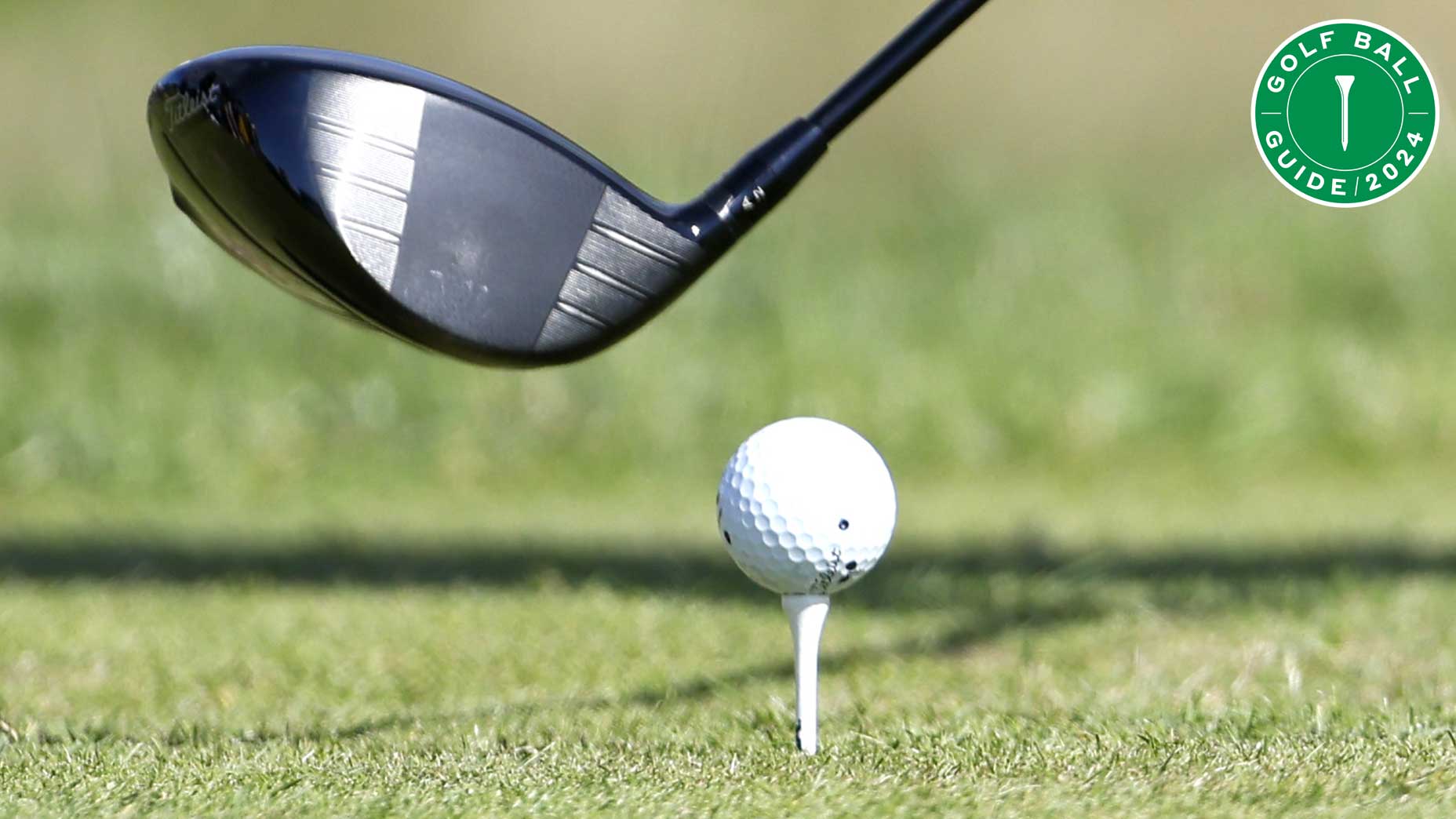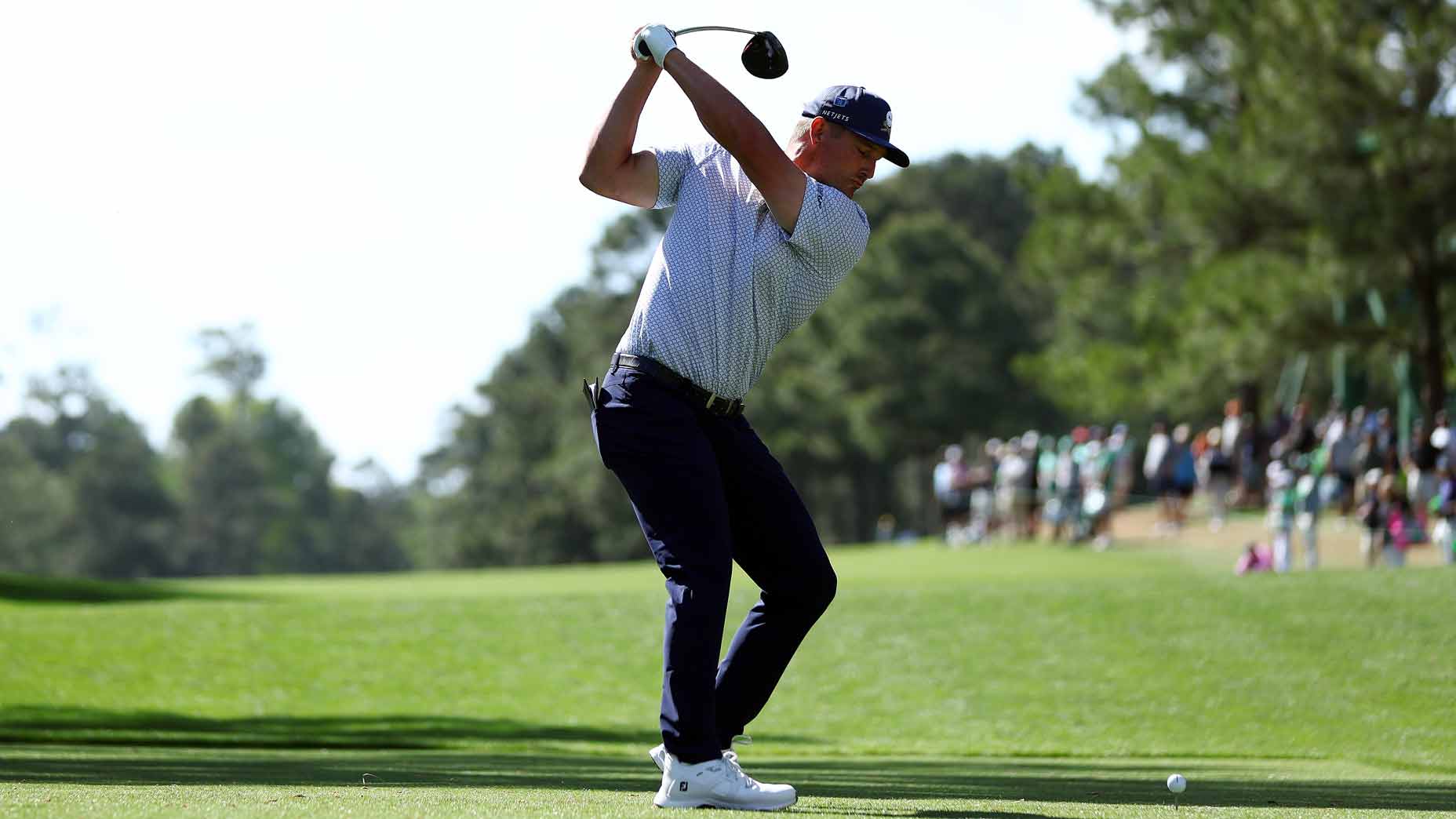4 golf-ball buying questions and answers from experts
- Share on Facebook
- Share on Twitter
- Share by Email

We asked our experts for answers on some common golf-ball questions.
Getty Images
We recently published our ultimate 2024 Golf Ball Guide, in which we reviewed and recommended 48 different golf balls for your game. Scroll below for more from our 2024 Golf Ball Guide package.
ICYMI: 2024 Golf Ball Guide: 48 golf balls reviewed
ICYMI: 3-step primer for picking the right golf ball for you
***
4 golf-ball buying questions and answers from experts
Q: Why does a golf ball with a urethane cover generate so much more short-game spin than a Surlyn-covered ball?
A: Urethane — which TaylorMade uses in its tour-ready TP5 lineup of golf balls — is simply softer than most other cover materials. The softer urethane material creates more groove interaction at impact than what you’d typically get from a firmer ionomer cover. More groove interaction, more spin. Even on glancing blows the urethane material will “stick” in the grooves better to create more spin. —Michael Fox, senior director of product creation, golf balls, TaylorMade

Titleist Pro V1x Left Dash Golf Balls
View Product
Q: Can the visual technology used on a lot of the new ball models help me shoot lower scores?
A: We’ve seen players produce a more accurate face angle at address and impact by using Srixon’s Divide visual technology. Being able to watch the ball roll true on your intended line gives immediate feedback on your stroke. Confidence and comfort translates to performance gains, so if using visual technology helps you psychologically, it’s going to help your score. As far as ball speed, spin and launch on full-swing shots, visual technology won’t alter performance. —Jeff Brunski, VP of R&D, Cleveland/Srixon
Q: Do more dimples mean it’s a more premium ball?
A: No. The number of dimples doesn’t say much. It’s like only knowing a car’s horsepower; the engine is just one element that contributes to performance. At Titleist, each dimple pattern is designed specifically for each ball’s construction to achieve a specific goal. Sometimes that means a high dimple count (like with the Pro V1 and its 388 dimples) or a lower one (the Pro V1x has but 348). The number is simply a product of the pattern itself, which can include different sized dimples, surface coverage, underlying geometry and various depths. How they mesh is what determines performance. —Mike Madson, VP, golf ball R&D, Titleist
Q: What’s the best way to conduct personal ball testing?
A: Unless you’re dead set on playing the longest two-piece ball in the marketplace, I’d suggest selecting several multilayer balls that speak to you and make time for the short-game area at your local course. Pros always prioritize short-game performance, so hit some greenside shots and see how each ball reacts. Roll putts to get a sense of sound and feel. From there, target a semi-windy day and take the two best options out on the course for head-to-head testing to gauge their bona fides. One will definitely grab your attention. —Jonathan Wall, managing editor (equipment), GOLF.com
Latest In Gear

Jonathan Wall
Golf.com Editor
Jonathan Wall is GOLF Magazine and GOLF.com’s Managing Editor for Equipment. Prior to joining the staff at the end of 2018, he spent 6 years covering equipment for the PGA Tour. He can be reached at jonathan.wall@golf.com.









